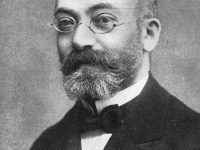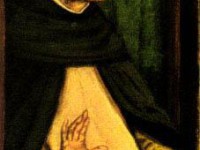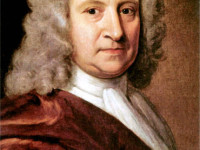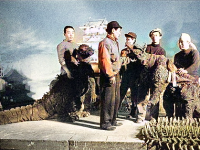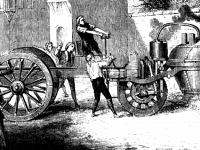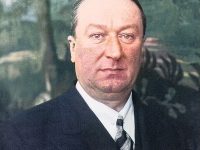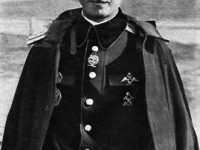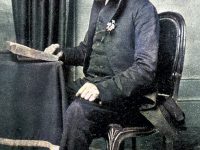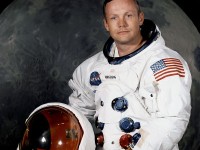Ludwik Lejzer Zamenhof and Esperanto, the Universal International Language
On November 24, 1887, the first German translation of Ludwik Lejzer Zamenhof‘s ‘Unua Libro‘, the first book to describe the artificial universal language esperanto was published. Esperanto is a constructed international auxiliary language. It is the most widely spoken constructed language in the world. “Esperanto was a very useful language, because wherever you went, you found someone to speak with.” — George Soros “How Do You Say ‘Billionaire’ in Esperanto?” [5] Ludwig…
Read more











